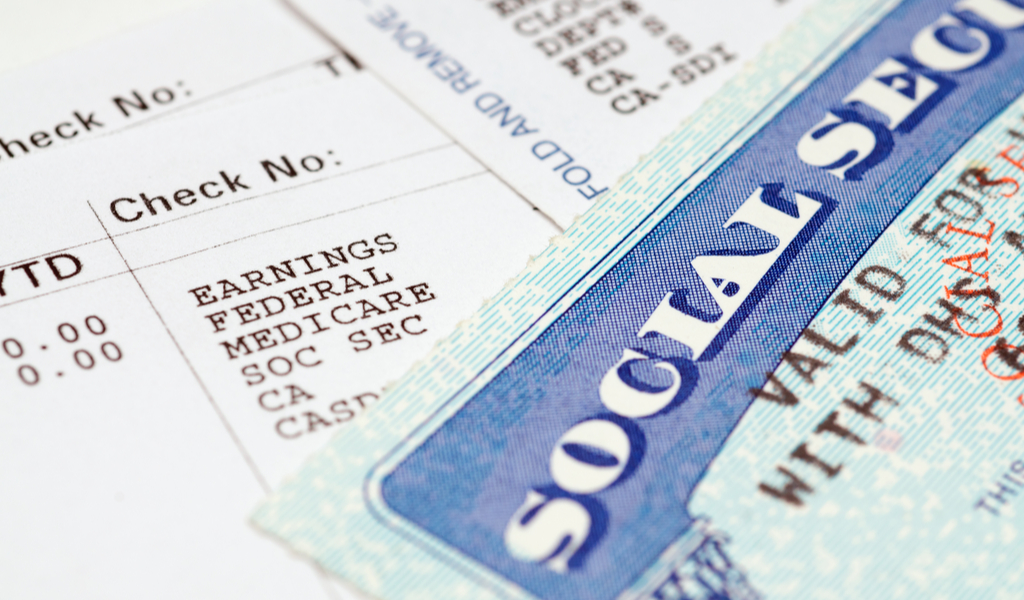For the first time since 1982, the Social Security program has needed to reach into its $3 trillion trust fund just to cover benefits. This is because the country has seen record levels of unemployment due the current global pandemic. If things don’t change drastically, this will mean that Social Security beneficiaries will only get about 80% of their scheduled benefits by 2035.
In 2018, nearly $1 trillion was paid out to 63 million people. This number is projected to increase to 80 million by 2028. Social Security beneficiaries are living longer, while slow population growth means that there are fewer young workers who contribute to the system. This is significant because Social Security is funded by payroll taxes. It doesn’t help that the government is trying to curb legal immigration either.
So, it’s inevitable that the future of Social Security is about to see some changes in 2020. Here are some of the big ones to look out for:

1. Higher Tax, Lower Benefits
Experts predict that future Social Security beneficiaries may receive up to a 21% slash in their monthly cheques by 2034. Given that around 40 million retired workers in the US (62% of whom say Social Security counts for half their monthly income), it’s going to be a quite a blow, especially for the senior population.
On the other hand, workers are likely to see an increase in their payroll taxes. The current payroll tax, divided between employees and employers, is 12.4%. Over the next 24 years, there will be a raise to around 14.8% imposed on those who earn over $400,000 in a year. Given that the current cap on earnings subject to Social Security payroll tax is $132,000, but with increasing rates, there is going to be a big gap.
2. Increased Age of Retirement
Years ago, the Reagan Administration passed a Social Security reform increasing the retirement age from 66 to 67. This was chalked up to an increase in life expectancy. From 2017 to 2022, the retirement age has been increasing by 2 months per year. This means that, by 2020, the full retirement age will be 66 years and eight months.
This means that people who register for social security even 62 days before they are fully vested, they will receive a permanent reduction in the payout. However, if you apply 30 days after reaching the retirement age, i.e. 66 years and 9 months, you can secure 100% of your Social Security benefits.

3. It Will Be Tougher to Get Benefits
Social Security is not an automatic payout that begins the moment you reach retirement age, nor is it available to everyone. There are criteria that determine whether you are eligible, including have 40 work credits collected over your lifetime.
To put that into perspective, you earn 4 lifetime credits ever year you stay employed. So, it would take 10 years of working to even be able to qualify to get full benefits! You get 1 lifetime credit for every $1,320 you earn; and to get the maximum in a year, 4, you would have to earn at least $5,280. While this is not an unachievable number, the minimum earning required to gain maximum lifetime credits in a year will increase to $5,400 annually in 2020.
4. No More Spousal Benefits
In the past, your unemployed spouse could apply for a non-working husband/wife Social Security benefits that could be collected apart from their own personal one. In this case, the employed spouse delays their retirement, thereby increasing the individual earnings of both spouses.
Married couples no longer have the luxury of enjoying these benefits. If the unmarried spouse’s individual Social Security payments exceed their spousal Social Security benefits, they will not be eligible for the latter. However, this does not apply to Survivor Social Security benefits; widows or widowers will continue to receive spousal Social Security benefits apart from their own retirement benefits.



